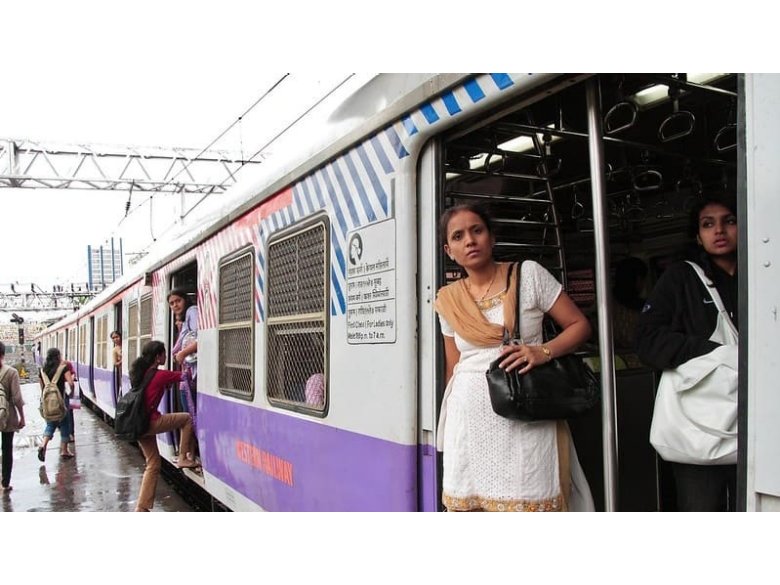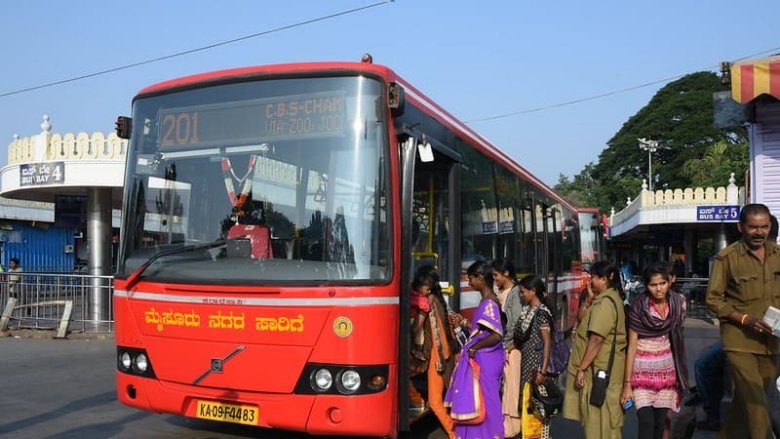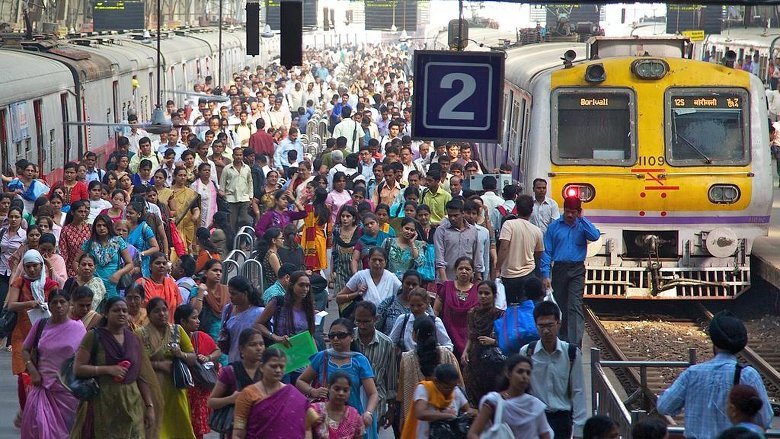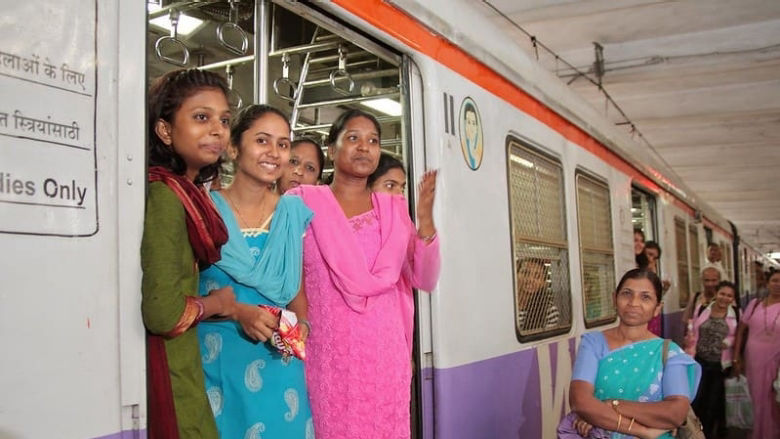"My parents stopped my education when I complained about the harassment on the streets and buses enroute to school. They could not always send a male member to escort me to school".
"It is unsafe to take a bus at night because of the long waiting time at a bus stop. No lights and fewer women on the streets while walking back home is very scary and makes me anxious".
These are some voices of women in India that describe their experiences of taking public transport or using public spaces. Such experiences often hamper women’s access to work or education. It is no surprise that India has among the lowest rates of women participating in the labour force -- 26.2 percent in 2020-21.
Women’s use of public transport in India is very different from men’s. So are their needs while commuting. While safety is a big concern for women as they navigate public spaces, for men it does not rank that highly. Women also tend to travel during off-peak hours, have children in tow and make several short trips to complete household chores or fetch children from school. Men, meanwhile, mostly travel for work, often during peak hours and undertake a single long trip in the morning and evening.
Given these differences in the way women and men travel, there is an urgent need to redesign public transport to also include women’s travel preferences.









